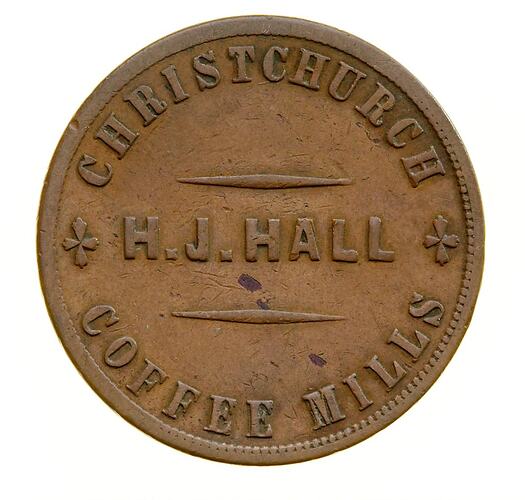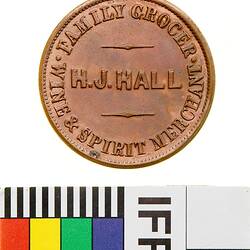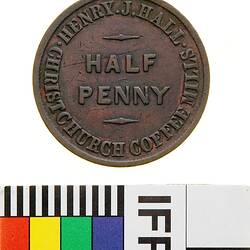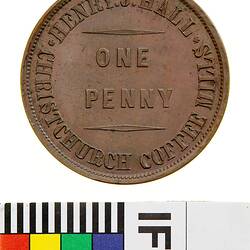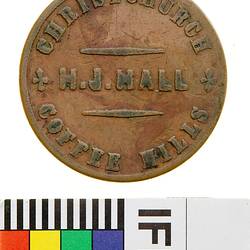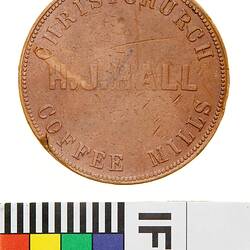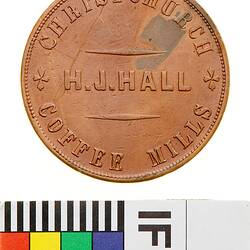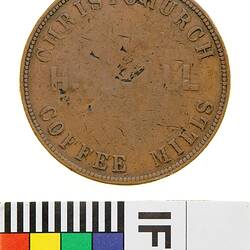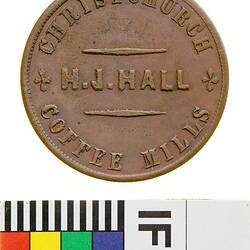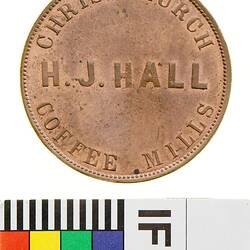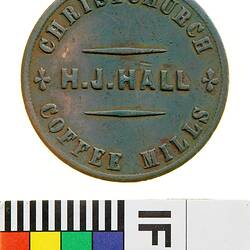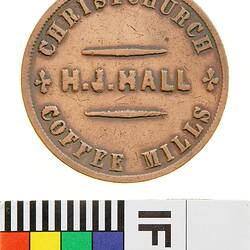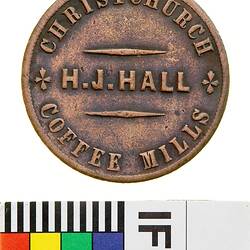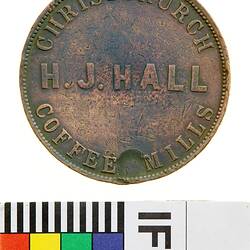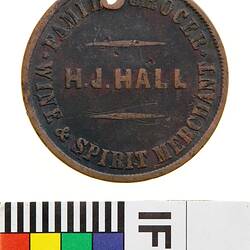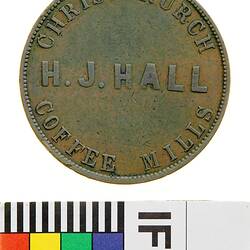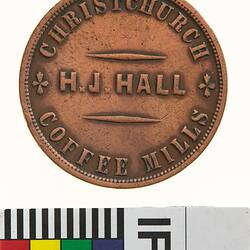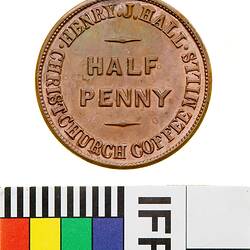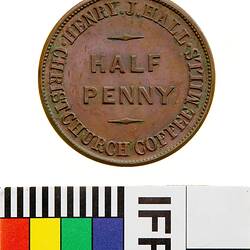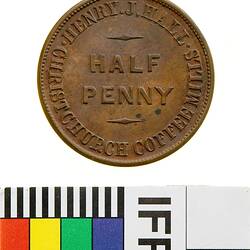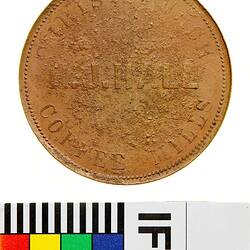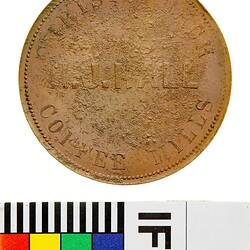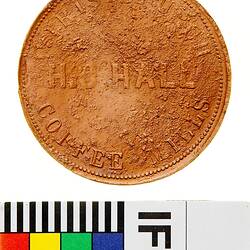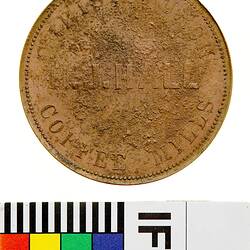Henry Joseph Hall, who was well known in early Christchurch as a grocer and land owner, emigrated to New Zealand from Guernsey, one of the islands in the English Channel. Hall arrived in Christchurch in 1857, where he took up 60,000 acres of land in North Canterbury, called Motunau, as well as land at Birdling Brook and Leeston.
In addition to these agricultural properties Hall also had significant property interests in Christchurch, and opened a grocery store in Cashel Street West in 1864. However he moved to High Street the following year when the site of Methodist Church was put up for sale as the congregation had become too large for the space. He paid 5800 pounds for the site.
Hall kept the business until 1873, selling it so that he could give more attention to his land interests, both in the city and the country. It is not known how much longer the business kept operating after he left it, but a photograph from 1892 indicates that half the building was then in the hands of another business, Mrs. Withers' Art Needlework Depot and Fancy Repository. He died in about 1896.
Hall issued nineteen different penny token varieties, and three halfpennies. They were very simply designed, with text and no graphic elements in their design. He had a very large number of tokens in circulation, requiring between 18 and 22 separate orders to have these many varieties minted. English medallist W.J. Taylor and Australian Thomas Stokes both struck tokens for him at their mints.
References:
The Canterbury Branch of the Royal Numismatic Society of New Zealand (1950). They Made their Own Money: The Story of Early Canterbury Traders & their Tokens, pp.56-57.
More Information
-
Keywords
-
Localities
-
Authors
The Canterbury Branch of the Royal Numismatic Society of New Zealand
-
Article types
